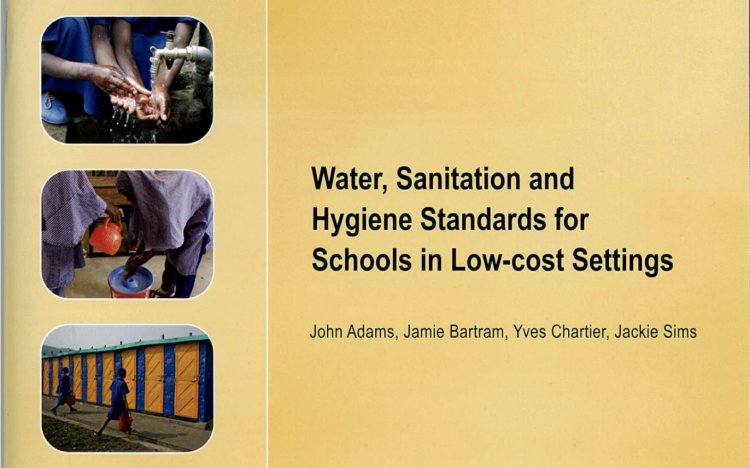Water, Sanitation and Hygiene Standards for Schools in Low-cost Settings
Diseases related to inadequate water, sanitation and hygiene are a huge burden in
developing countries. It is estimated that 88% of diarrhoeal disease is caused by unsafe
water supply, and inadequate sanitation and hygiene (WHO, 2004c). Many schools serve
communities that have a high prevalence of diseases related to inadequate water supply,
sanitation and hygiene, and where child malnutrition and other underlying health
problems are common.
Schools, particularly those in rural areas, often completely lack drinking-water and
sanitation and handwashing facilities; alternatively, where such facilities do exist they are
often inadequate in both quality and quantity. Schools with poor water, sanitation and
hygiene conditions, and intense levels of person-to-person contact, are high-risk
environments for children and staff, and exacerbate children’s particular susceptibility to
environmental health hazards.


